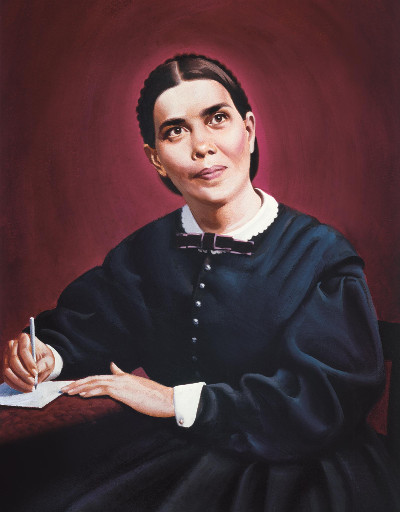AMANDA BERRY SMITH
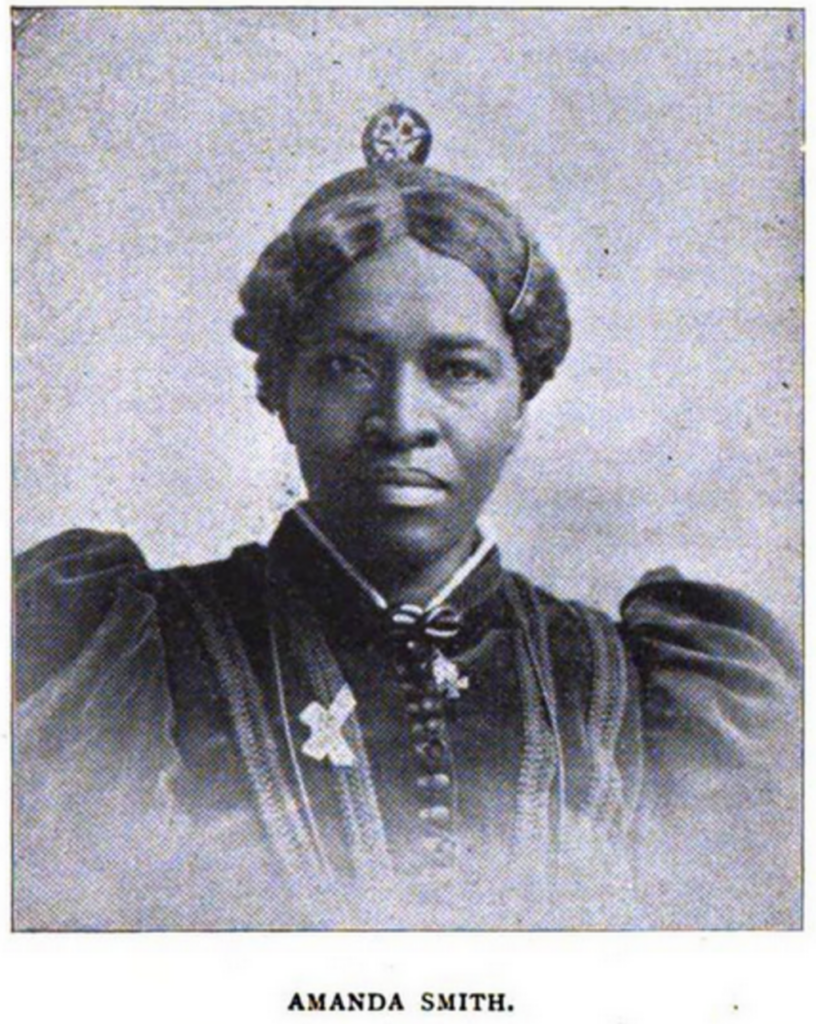
Affectionately referred to as “God’s image carved in ebony,” Amanda Berry Smith was born in slavery and after gaining her freedom, she rose to become a trailblazer of faith.
Born in Maryland in 1837 to Samuel Berry and his wife Marian, Amanda was one of 13 children and she and her sibling had the advantage of learning to read and write. Her father, who was well trusted by his master, made it a regular practice to read the bible to his family on Sunday mornings. When Mr. Berry’s master died, his master’s widow put him in charge of her farm. Mr. Berry would complete his duties and was allowed to work odd jobs to earn extra money to take care of his family. Many nights he would go without rest to earn extra income – on his mission to buy the freedom of himself and his family.
As a young teen, a freed Amanda went to work as a servant girl in York, Pennsylvania. While there, she attended revival meetings at the Methodist Episcopal Church. She would soon get married and begin a family, and later worked as a cook and a dishwasher. However, Amanda Berry Smith encountered great misfortune. Her husband was killed in the American Civil War and by age thirty-three, Smith lost four of her five children, and two husbands.
Church revival meetings and her active engagement in the African Methodist Episcopal (AME) church was her source of strength that helped her through her grief, and she anchored her life in prayer. Her struggles and hardships became the gateway for her ministry and global impact. Gifted in voice and an inspirational teacher, Smith began to work in the southern United States and along the west coast as an evangelist. She became a travelling preacher ministering to large and small audiences.
In 1878, she traveled to England and took her daughter there to study. On the journey, the captain invited her to conduct religious services on board the ship. The passengers were delighted and spread the news of her impact. Known as “the colored evangelist,” she continued her work in India and Africa, and upon her return she was invited as the first African American woman to preach at the Lafayette Avenue Presbyterian Church in Brooklyn, which was then the largest Presbyterian Church in America.
She founded the Amanda Smith Orphanage as well as the Industrial Home for Abandoned and Destitute Colored Children.
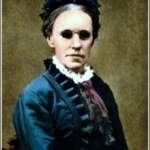
Francis Jane Cosby 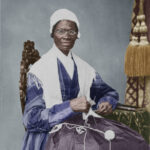
Sojourner Truth 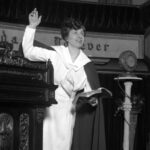
Aimee Semple McPherson 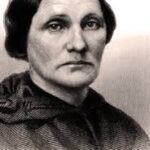
Anne Hutchinson 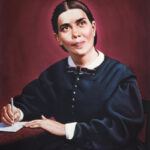
Ellen G. White 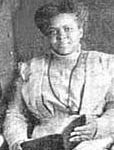
Jennie Seymour 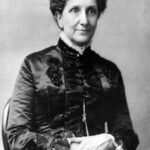
Mary Baker Eddy 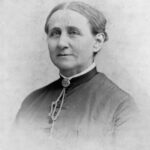
Antoinette Brown Blackwell 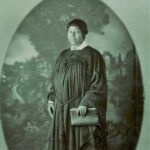
Bishop Ida Robinson 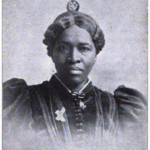
Amanda Berry Smith


